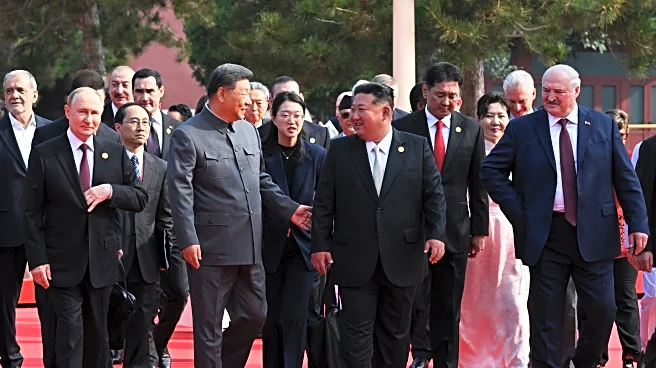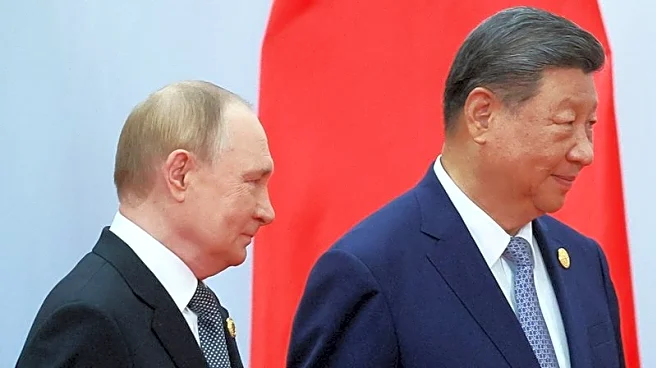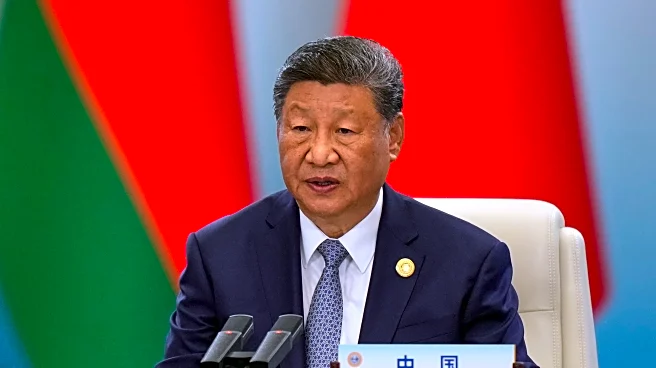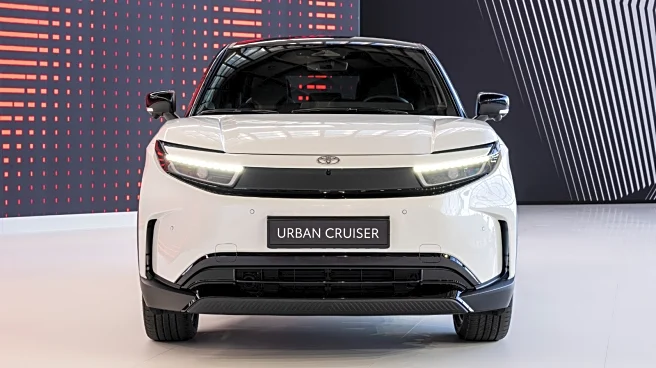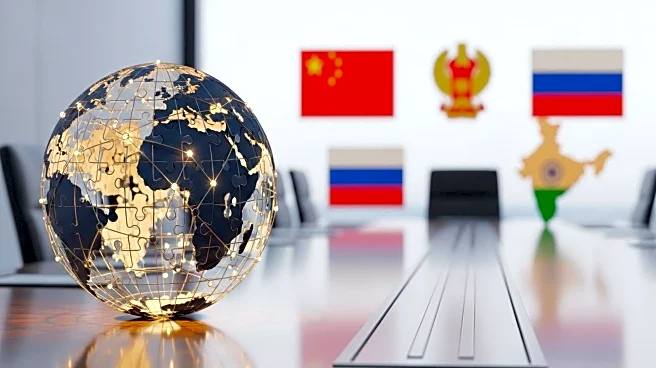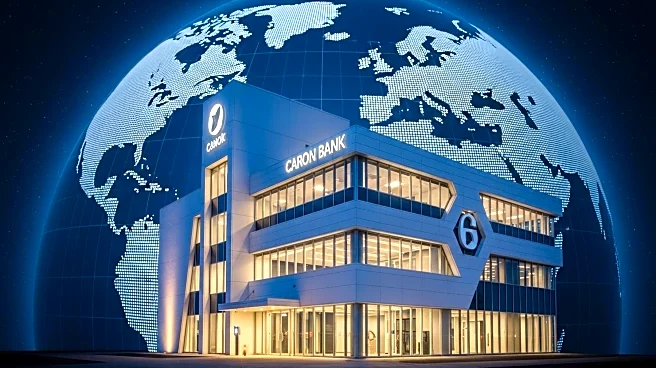What's Happening?
Luxury goods markets are facing challenges due to anemic demand in China and the U.S., prompting a focus on emerging markets such as South Africa, Nigeria, Mexico, Indonesia, and India. The Middle East and certain Asian countries are seen as promising regions for growth, with new infrastructure projects boosting awareness and appeal. Economic ties are facilitating inbound travel from China, enhancing luxury infrastructure in countries like Thailand, Cambodia, and Vietnam. Despite global uncertainties, the Middle East remains a thriving market, supported by Russian expatriates in Dubai.
Why It's Important?
The exploration of emerging markets is crucial for luxury brands seeking growth amid a global slowdown. These markets offer potential for expansion from a small base, providing opportunities to tap into new consumer segments. The Middle East's thriving market, bolstered by infrastructure projects and expatriate communities, highlights the importance of regional strategies. As traditional markets face economic challenges, emerging markets could become key contributors to the luxury sector's resilience and future growth.
What's Next?
Luxury brands may continue to invest in emerging markets, focusing on infrastructure development and local consumer engagement. As visa restrictions ease and economic ties strengthen, countries in Asia could see increased luxury tourism and spending. Brands might also explore collaborations with local entities to enhance cultural relevance and appeal. The sector's recovery could hinge on China's economic improvement, with potential for low-single-digit growth in the latter half of 2025.
Beyond the Headlines
The focus on emerging markets raises questions about cultural sensitivity and adaptation. Luxury brands must navigate local customs and preferences to ensure successful market entry. Additionally, the reliance on expatriate communities in regions like the Middle East highlights the need for inclusive marketing strategies that resonate with diverse consumer bases.




